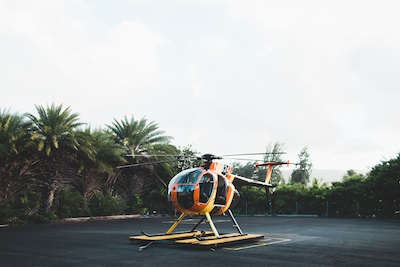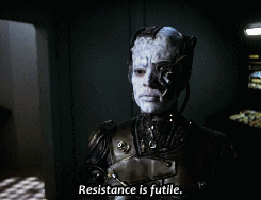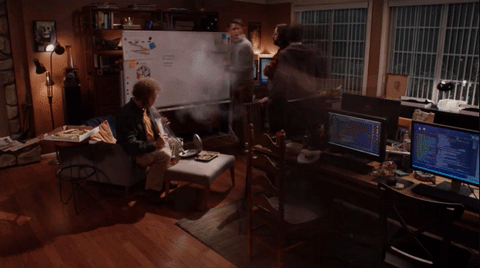Last week on the blog, I talked about boosting the efficacy of teams. A larger company is a large team (which has teams within those) that can be likened to a fixed-wing aircraft, which takes longer to get moving because there are many more people involved and it takes a lot more coordination to do even one simple thing. That's the inefficiency of working in a large team. Once you add even one more person, everything gets more difficult to coordinate and make happen.
As I can continue to treat this metaphor like Tim Roth in Reservoir Dogs, here are a few things to keep in mind as a one-person company:
Clarify your destination and the route you're going to take to get there.
Even a basic plan is good. A fixed-wing aircraft operates in a more fixed path, especially when departing the runway, e.g., launching a new product, which requires a lot of energy, people, and sign-offs. When you're one person running a business, getting that many resources together just to leave the runway isn't your concern.
But even though I wrote about how to boost your team's efficacy, the truth is, it's an ideal. It's possible, but unlikely. Most teams are grossly inefficient, and people's flaws typically become more overt and problematic over time. Exceptions to this are rare. They might have built in the values, rules, and system from the very beginning and adapt to new variables. Or their magic is strong enough to overcome the personality conflicts and inefficiency. But most likely, a large team is stumbling all over itself and can barely get through one step of a huge process. This can be to your advantage.
However, even though your company has agility and autonomy, it can't go in multiple directions at the same time. Usually you have your head down, frantically trying to keep afloat. But it's worth revisiting your plan and see if you might need to modify it from time to time.
Pick up a little speed to outrun turbulence
A fixed-wing aircraft prefers to take off into the wind so they can use it to climb faster, and it isn't affected by the wind while taxiing because its wheels provide control.
Wind affects helicopters, too. Use "translational lift" to pick up speed and get into calmer air. At a slow speed, the downwash of the main rotor creates turbulence, and as it moves faster, the helicopter can outrun the turbulence and more efficiently generate lift.








